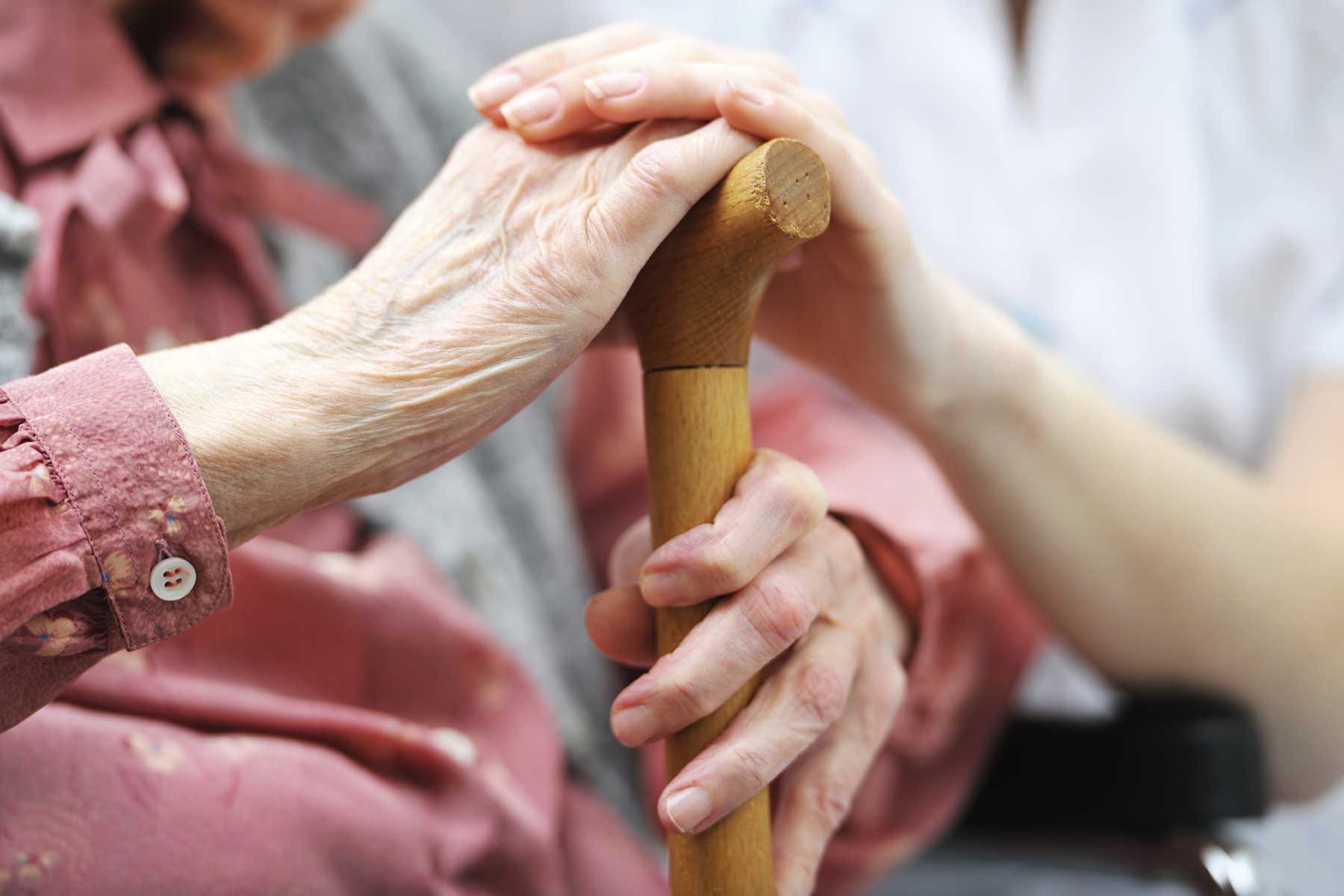
Financial well-being March 12, 2015 By
This is the third of four posts on elder financial abuse.
In my last two posts, we covered the basics of elder financial - we defined the term, reviewed the statistics, learned about the different scenarios, and discussed who is often behind this type of crime. Today, we’re going to look at the warning signs.
It’s a fact that crooks look at senior citizens and see dollar signs and easy targets. Here are a few reasons seniors are more likely and attractive targets:
- Many have saved up a significant amount of money.
- They often own their homes.
- They are more likely to have good credit records.
- They are less likely to report fraud out of embarrassment or shame of being victimized.
While one sign does not necessarily indicate abuse, some tell-tale signs that there could be a problem include:
- The checking account is bleeding money; but…
- the elder is suddenly going without things they are used to having.
- bills are stacked up, unpaid and on the living room table.
- Someone who is trusted begins to isolate the elder person.
- The threat might come from a relative, neighbor or caregiver who becomes closely involved in the victim’s life under the pretext of being helpful.
- These abusers may get access to checking account information by offering to take care of paying the bills.
- Sometimes financial abusers manage to move in with or even marry their victims. They then work to alienate them from caring family members and/or friends.
- The elder person receives an unsolicited telephone offer that sounds too good to be true
- Examples include promises of cheap health products, fabulous vacation deals and other offers.
- Abusers obtain a victim’s credit card or checking account information for identity theft purposes.
- A family member has a secret “emergency” requiring immediate cash to alleviate the problem.
- This is a red flag for a scam known as “the grandparent scam” by law enforcement agencies and consumer protection groups. Consumers should never send money for an emergency without confirming with other family members that the cause is legitimate.
A common factor in financial abuse cases is the presence of a third party during transactions. This individual may be a relative, friend, caregiver, or even an apparent casual acquaintance. This third party is often someone in whom the elder or dependent adult has placed trust and confidence.
Unusual account activity can indicate an elder or dependent adult is being financially abused. Common examples include:
- Large cash withdrawals
- Activity inconsistent with the person’s physical ability, such as ATM use by a physically impaired person
- Activity inconsistent with a person’s normal banking habits, such as ATM use by an elder with an established pattern of client service representative transactions
- Frequent new withdrawals, usually in round numbers
- Increased activity on credit/debit cards
- Withdrawals made from savings or certificates of deposit despite penalty assessments or loss of interest
- Unusual account changes, such as authorized signers with no apparent prior connection to the elder person
Other non-financial consequences of abuse:
Health consequences of elder abuse are very serious because they can destroy an elderly person’s quality of life in the form of:
- Declining functional abilities
- Increased dependency
- Increased sense of helplessness
- Increased stress
- Worsening psychological decline
- Premature mortality and morbidity
- Depression and dementia
- Malnutrition
- At worst, even death
In my last post, we will examine the ways you can help someone you believe is the victim of elder financial abuse.




